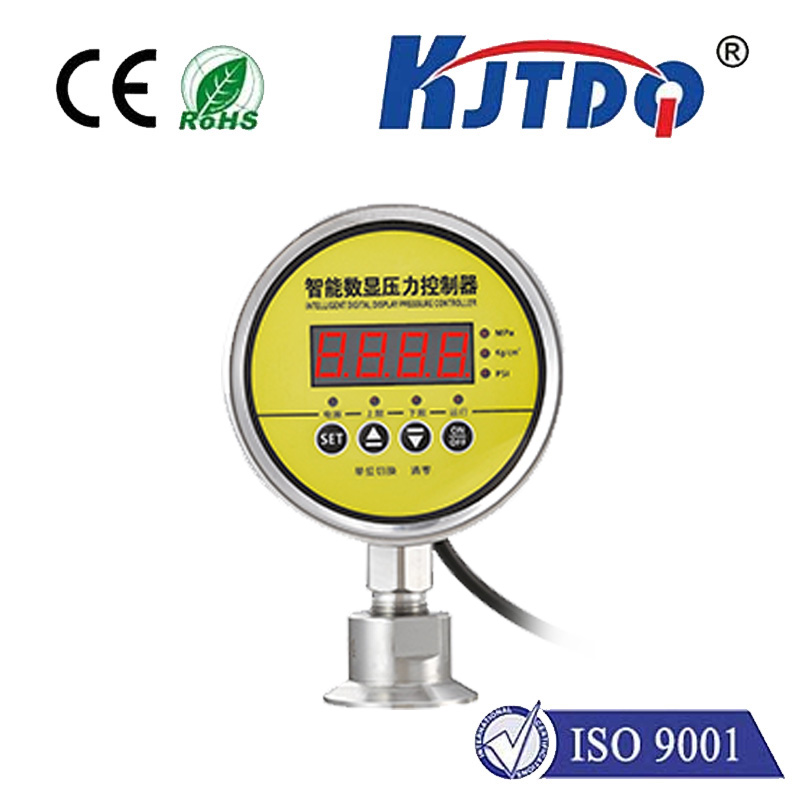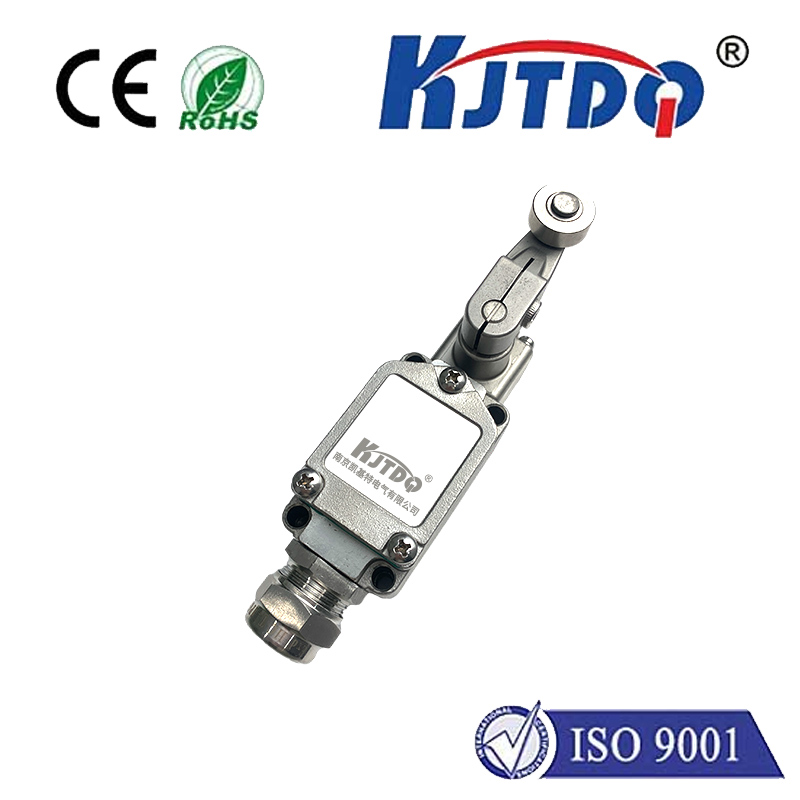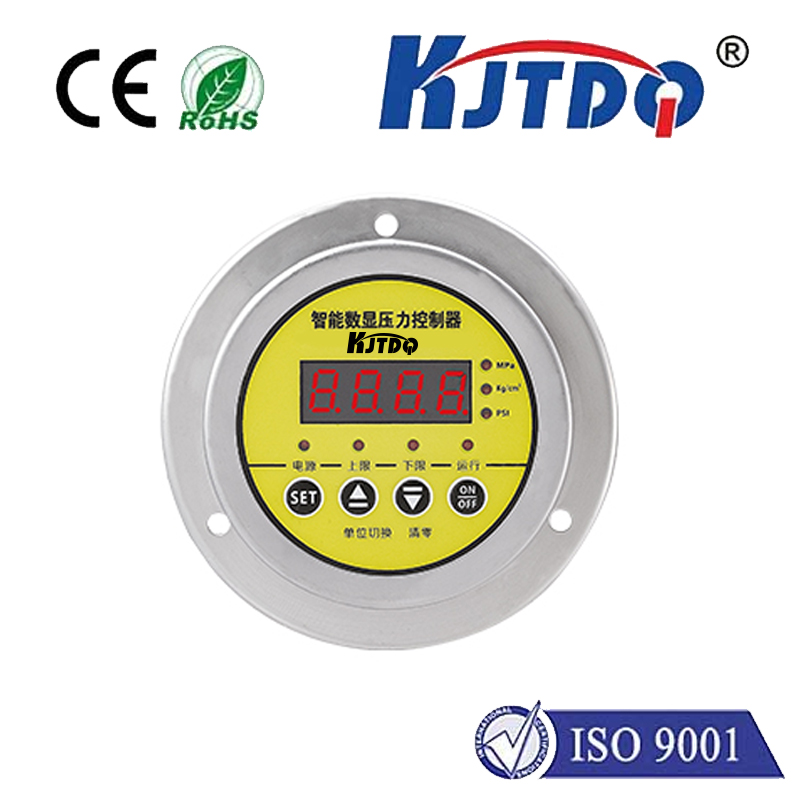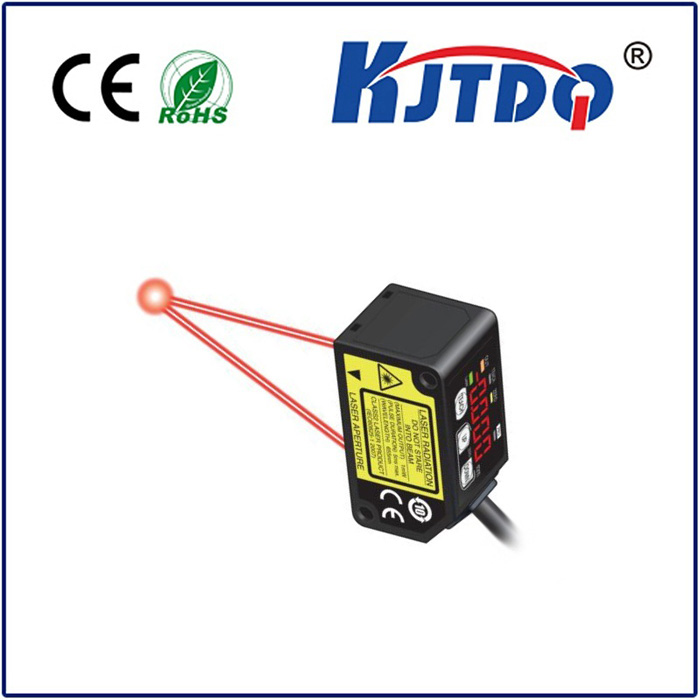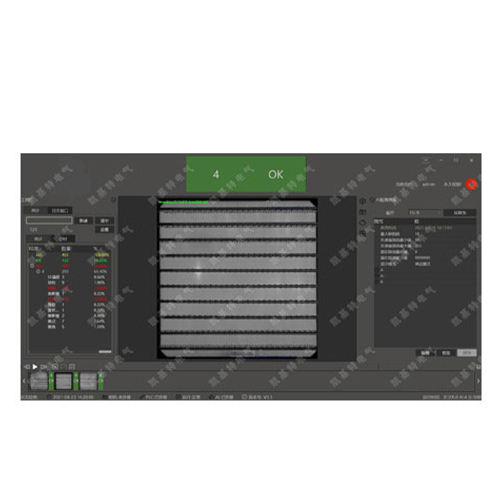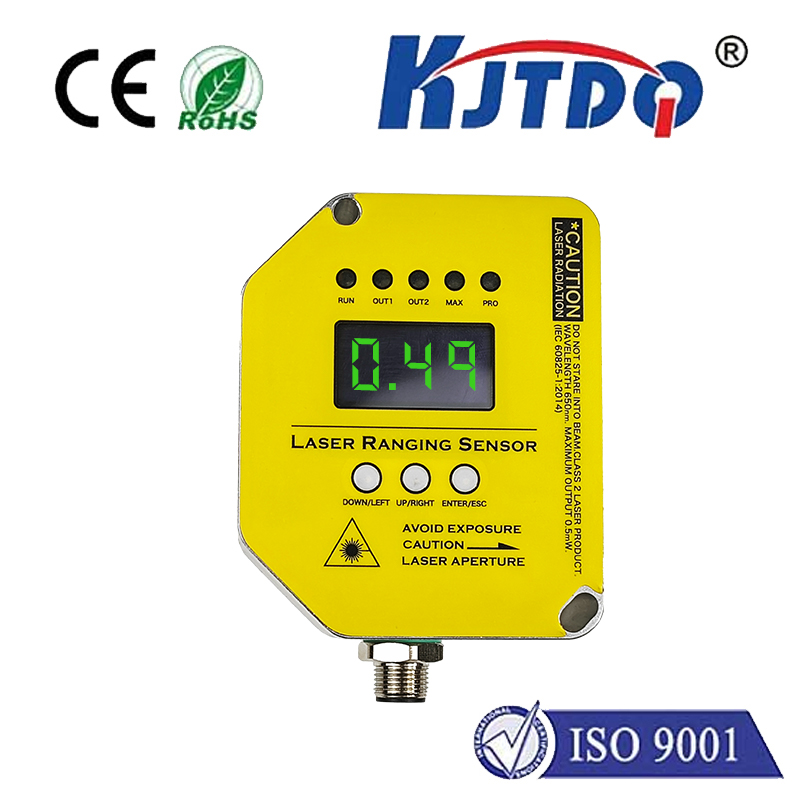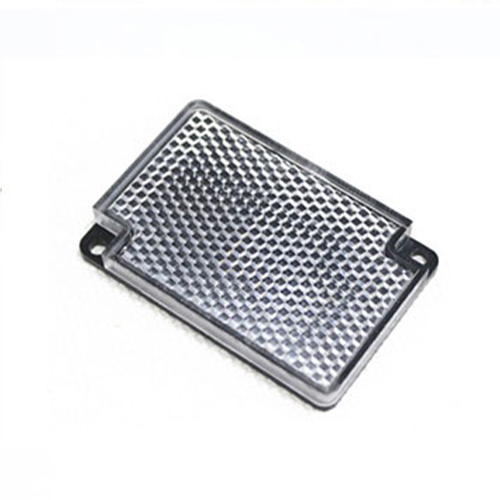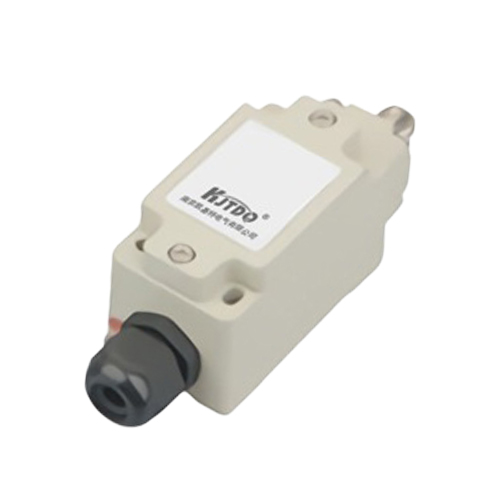
Proximity sensors have a wide range of applications in automation, industrial control, and security fields. Among them, PNP and NPN are two common types. Understanding their differences is essential for selecting the right proximity sensor for different application scenarios. PNP and NPN refer to the output modes of the internal transistors of the proximity sensor. In PNP (Positive-Negative-Positive) mode, when the sensor is triggered, the output is high, while in NPN (Negative-Positive-Negative) mode, the output is low when the sensor is triggered. This seemingly simple difference actually has significant implications for system design and circuit connection. The working principles of PNP and NPN sensors are also different. PNP sensors use the PNP transistor structure, with the emitter connected to the positive power supply (VCC). When a signal is detected, the transistor conducts, and the output is high. Conversely, NPN sensors use the NPN transistor structure, with the collector connected to the positive power supply (VCC). When a signal is detected, the transistor conducts, and the output is low. In practical applications, the choice between PNP and NPN depends on the specific needs of the application scenario. For example, if the system requires a high-level output signal, a PNP sensor is more suitable because it can directly output a high level without additional inversion circuits. Similarly, if the PLC input port supports source input (sourcing), a PNP sensor should be selected. On the other hand, if the system requires a low-level output signal or the PLC input port only supports sinking input (sinking), an NPN sensor is more appropriate. In summary, understanding the definitions, working principles, and application scenarios of PNP and NPN proximity sensors is crucial for correctly selecting and using these sensors in various application scenarios. By fully understanding their characteristics and making reasonable choices based on actual needs, we can better utilize the functions of proximity sensors and provide strong support for the stability and efficiency of equipment and systems.
